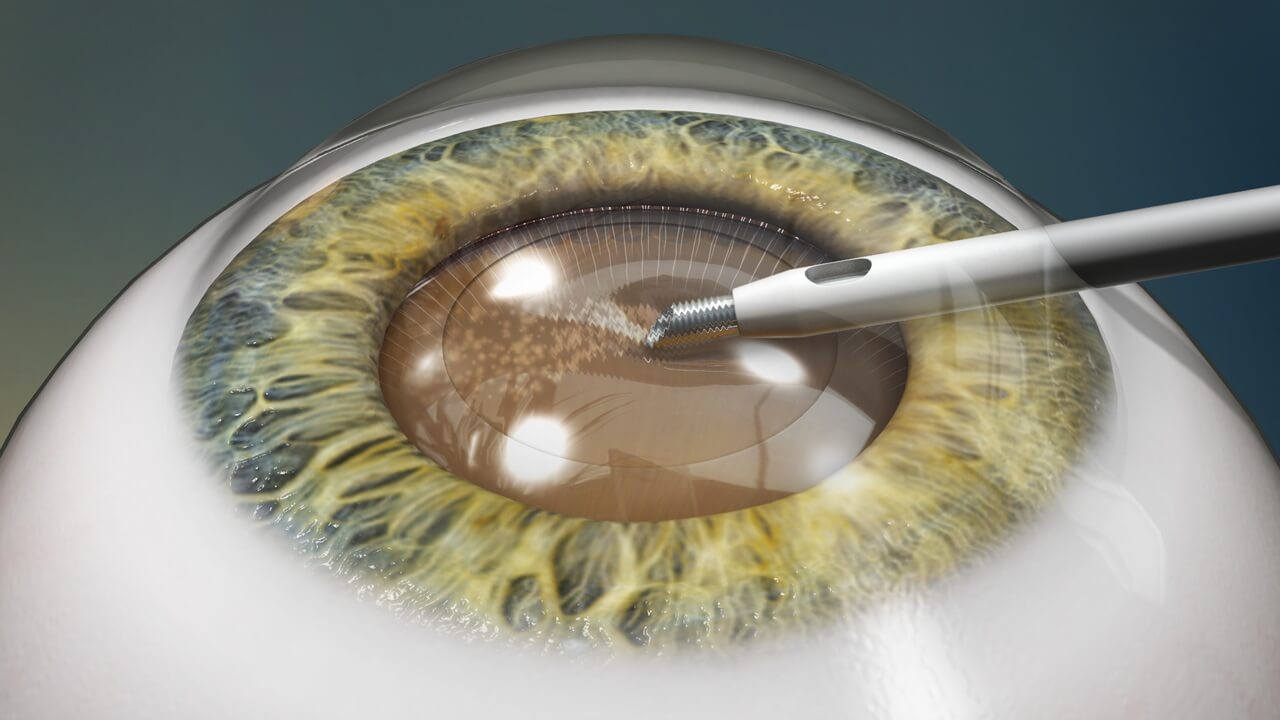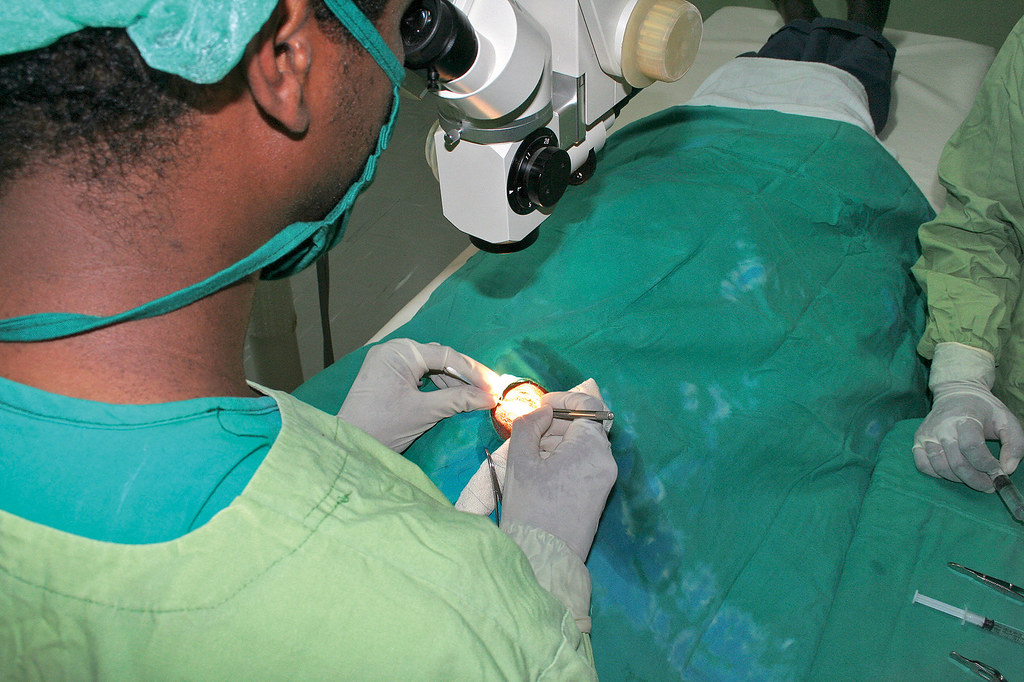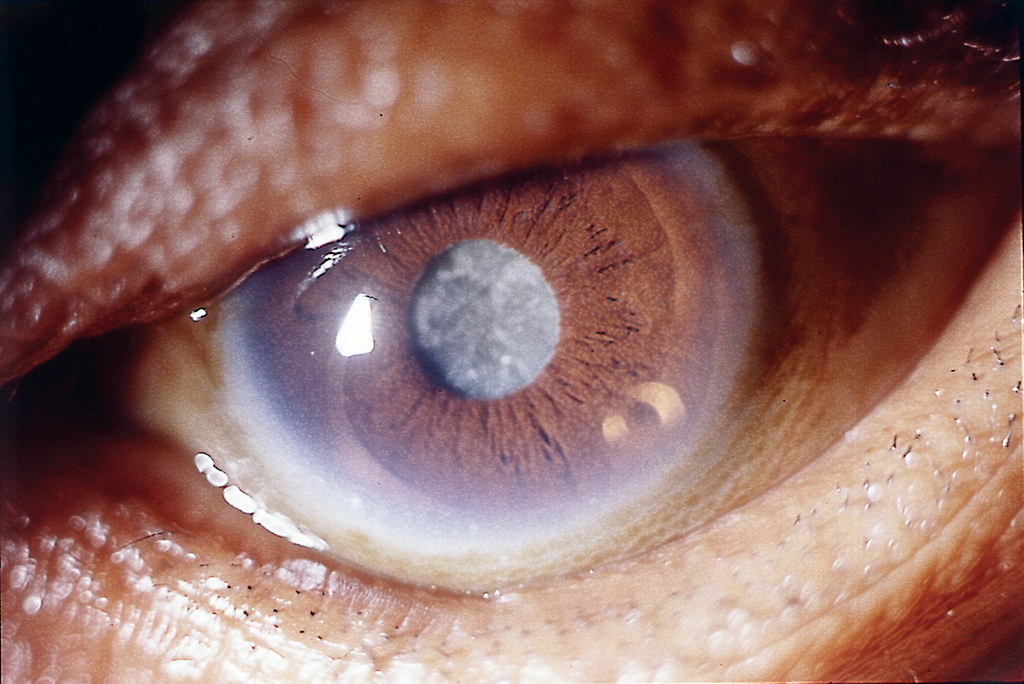FTC disclaimer: This post may contains affiliate links and we will be compensated if you click on a link and make a purchase.
Welcome to this comprehensive exploration of Cataract Surgery vs. Refractive Lens Exchange. The purpose of this article is to delve into the similarities and differences between these two common eye procedures.
Understanding these surgeries is crucial for anyone considering vision correction options. We’ll discuss the technicalities of each procedure, providing an unbiased and detailed comparison.
It’s essential to note that though these procedures are similar, they are not identical. This article aims to assist you in making well-informed decisions about your vision care, based on your unique needs and circumstances.
Our objective writing style ensures that we delve into the heart of these procedures, offering a thorough understanding of the benefits and potential risks associated with each. Expect to find a detailed, professional analysis, with illustrative examples and case studies to aid your understanding.
Let’s dive in and begin our exploration of Cataract Surgery and Refractive Lens Exchange.
Understanding Cataracts and Vision Problems
Cataracts, a common eye condition, can significantly impact vision. This condition occurs when the naturally clear lens of the eye becomes clouded, leading to various vision problems.
Cataracts are known to cause blurry or cloudy vision, changes in colour perception, and increased sensitivity to light, often described as glare around lights.
Imagine trying to look through a foggy window – that’s what vision with cataracts can be compared to. As cataracts progress, the vision impairment intensifies, often leading to double vision and difficulty in distinguishing colours.
In later stages, the cataract can even become visibly noticeable as a milky spot in the eye.
Need for Surgery
While prescription glasses can offer temporary relief, the only definitive cure for cataracts is eye surgery.
Without intervention, cataracts can lead to a severe limitation of vision, affecting daily activities and overall quality of life. After surgery, most patients can return home the same day, with improved vision.
Understanding the impact of cataracts on vision is crucial for recognizing symptoms early and seeking appropriate treatment.
It’s also essential to maintain good eye health and regular check-ups to prevent or slow down the development of cataracts.
Exploring Cataract Surgery
When the natural lens in your eye becomes cloudy, like peering through a foggy windshield, it’s likely you have a cataract.
The only way to clear this up is through a procedure known as cataract surgery. This surgical process aims to remove the hazy lens and replace it with a clear, artificial one, referred to as an intraocular lens (IOL).
There are several types of IOLs used in cataract surgery, including:
- Fixed-focus monofocal: Helps to see far away, with reading glasses often needed for close-up tasks.
- Accommodating-focus monofocal: Responds to eye muscle movements to help see near or far.
- Multifocal: Different areas help to see near, medium, and far distances.
- Astigmatism correction (toric): Helps correct vision for those with significant astigmatism.
During the procedure, a process called phacoemulsification is often used, where the cataract is broken up by an ultrasound probe and then suctioned out.
The IOL is then placed into the empty lens capsule. However, like any surgical process, there are potential risks such as swelling, infection, and even vision loss. It’s important to discuss these factors with your eye doctor before deciding on cataract surgery.
Successful cataract surgeries can significantly improve a patient’s vision, allowing them to return to everyday activities like reading, driving, and watching TV with ease.
Examining Refractive Lens Exchange (RLE)

Refractive Lens Exchange (RLE) is a vision correction procedure that employs ultrasound to eliminate the eye’s natural lens and replace it with an artificial one, known as an Intraocular Lens (IOL).
This process is designed to reduce the reliance on glasses and contact lenses by correcting vision problems such as nearsightedness, farsightedness, and early cataract formation.
Types of Lenses Used in RLE
In RLE, a variety of lenses can be utilized. These include Monofocal IOLs, which correct the patient’s dominant eye for distance, and Multifocal IOLs, which allow the patient to have advanced vision at both distance and near. These lenses are distinct from those used in cataract surgery.
The Surgical Process
The natural crystalline lens of the patient, sitting behind the iris, is removed in RLE surgery. It is replaced with a manmade lens with a prescription unique to the patient’s refractive error.
This is a safe and effective procedure, similar to cataract surgery, but leaves the patient’s cornea intact (source).
Risks and Benefits of RLE
RLE not only improves distance and near vision but also prevents cataract formation. It’s a significant procedure for patients, as once the lens is replaced, you can’t get a cataract. However, like any surgery, RLE is not without its risks.
Success Stories
Many patients have reported improved vision and reduced dependence on glasses after undergoing RLE surgery, highlighting the procedure’s potential benefits.
Comparing Cataract Surgery and RLE
Both cataract surgery and refractive lens exchange (RLE) share a common goal – to improve vision by replacing the patient’s natural lens with a synthetic intraocular lens.
The procedures are almost identical, performed by an ophthalmologist in about 15 minutes, and have a reputation for being safe, quick, and effective.
Differences Between the Procedures
Despite the similarities, the surgeries cater to different patient needs. RLE is typically for patients over 40 who want to eliminate their dependence on glasses or contacts, while cataract surgery addresses vision impairment due to the clouding of the lens.
Lens Options
- Monofocal lenses: A standard option for both procedures.
- Presbyopia-correcting IOLs: A high-performance upgrade correcting vision at multiple ranges.
- Toric lenses: Specialty lenses for astigmatism patients.
Risks and Benefits
Both surgeries come with their own set of risks and benefits. RLE can address multiple vision issues, while cataract surgery improves vision and protects eye health. It’s crucial for patients to consult with their ophthalmologist to make an informed decision.
Who is a Suitable Candidate for Cataract Surgery vs. RLE?
Deciding between cataract surgery and refractive lens exchange (RLE) is a personal decision that should be based on several factors. One important consideration is age.
Cataract surgery is typically recommended for older patients with mature cataracts, while RLE may be an option for younger individuals looking for a vision correction solution.
Moreover, the overall health of the patient and the presence of other eye conditions should be taken into account.
Certain conditions, such as a high degree of myopia or hyperopia, may make a patient a better candidate for RLE. Conversely, patients with other eye diseases or health conditions may be more suitable for cataract surgery.
Lastly, lifestyle factors such as the need for clear distance or near vision, or the desire to be free from glasses or contacts, could influence the choice between these procedures.
Therefore, a thorough consultation with an ophthalmologist is essential to determine the best vision correction solution for each individual.
Technical Considerations for Cataract Surgery and RLE
Modern cataract surgery and Refractive Lens Exchange (RLE) are bolstered by advanced technology and techniques, significantly improving the success rates and outcomes of these procedures. (source)
In cataract surgery, for instance, the use of phacoemulsification has revolutionized the procedure, allowing for smaller incisions and quicker recovery times.
Likewise, in RLE, premium intraocular lenses have enhanced patients’ post-surgery vision quality. (source)
Potential Side Effects and Complications
While these advancements have significantly improved surgical outcomes, potential side effects and complications should not be overlooked. These may include post-operative inflammation, infection, or retinal detachment.
Therefore, it’s vital to discuss these possibilities with your surgeon prior to surgery.
The Importance of an Experienced Surgeon
One of the key factors in the success of both cataract surgery and RLE is the skill and experience of the surgeon. A qualified and seasoned surgeon can effectively manage potential complications and ensure optimal outcomes.
Conclusion
In the realm of eye surgeries, Refractive Lens Exchange (RLE) and Cataract Surgery stand as two significant procedures.
While the technicalities of both surgeries are nearly identical, their purpose and the patients they serve differ.
RLE is primarily an elective procedure opted for by individuals over 40 who wish to eradicate their dependency on glasses or contacts. Cataract surgery, on the other hand, is typically recommended for those experiencing vision difficulties due to cataracts.
However, the decision between RLE and cataract surgery should be made after a detailed consultation with your ophthalmologist.
Factors such as your lifestyle, vision goals, and ocular health play a pivotal role in determining the most suitable procedure for you.
We encourage you to book an appointment with your eye doctor to explore the best option for your vision care needs.









